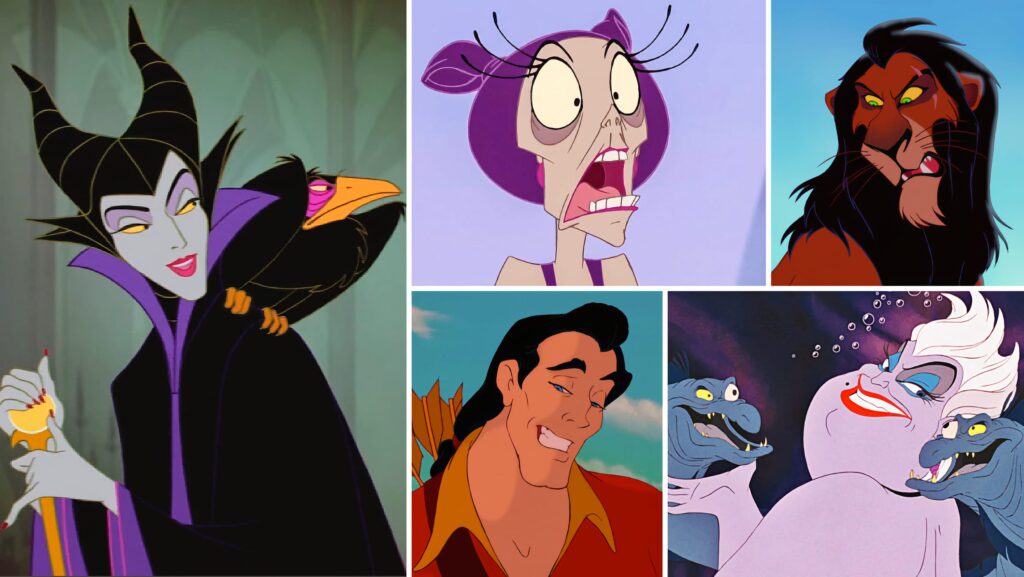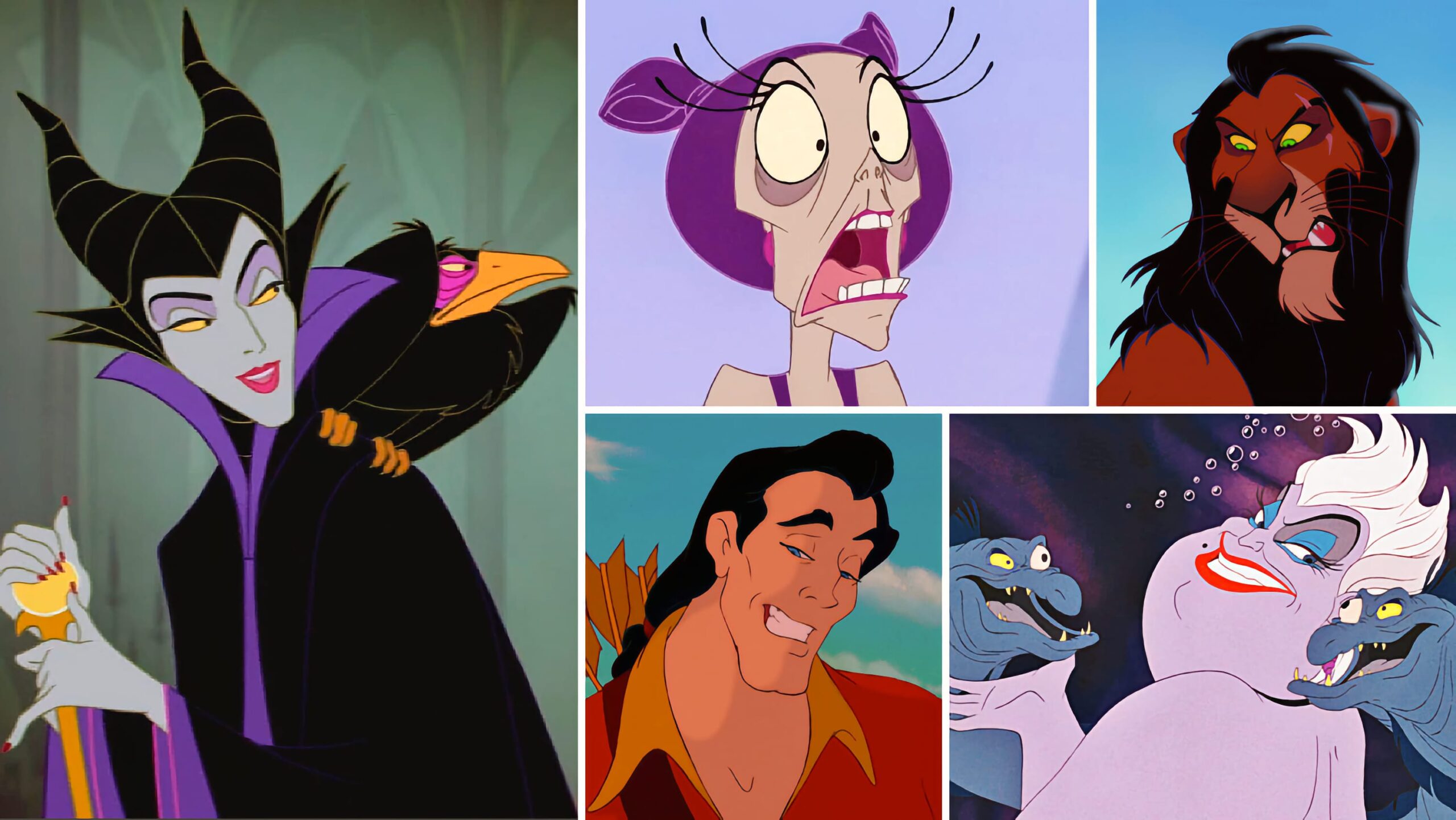
Who Was the Villain in The Lion King? Unmasking Scar’s Treachery
The Lion King, a timeless classic from Disney, captivates audiences with its vibrant animation, memorable music, and compelling narrative. Central to this narrative is a compelling antagonist: Scar. But who was the villain in The Lion King, and what made him such a memorable and effective character? This article delves into the complexities of Scar, exploring his motivations, actions, and the lasting impact he had on the Pride Lands and its inhabitants.
Understanding Scar: More Than Just a Villain
Scar, voiced with sinister elegance by Jeremy Irons, is not merely a one-dimensional villain. He’s a complex character driven by jealousy, ambition, and a deep-seated sense of inadequacy. Unlike many Disney villains who are motivated by greed or a thirst for power, Scar’s actions are rooted in his feeling of being overlooked and undervalued by his brother, Mufasa.
The film subtly hints at the reasons behind Scar’s resentment. Mufasa, the strong and respected king, is clearly favored by their father, Ahadi. Scar, whose real name is revealed in some materials as Taka, likely feels overshadowed by Mufasa’s natural leadership and physical prowess. This feeling of inferiority festers into a burning desire for the throne.
Scar’s Master Plan: A Web of Deceit and Betrayal
Scar’s villainy is characterized by his cunning and manipulative nature. He doesn’t rely solely on brute force; instead, he orchestrates a carefully crafted plan to seize power. This plan involves several key elements:
- Exploiting Naiveté: Scar preys on young Simba’s innocence and vulnerability, subtly planting seeds of doubt and encouraging him to venture into the dangerous Elephant Graveyard.
- The Hyena Alliance: Scar forms an alliance with the hyenas, a marginalized group within the Pride Lands. He promises them food and power in exchange for their loyalty and assistance in his scheme. This alliance highlights Scar’s willingness to exploit the vulnerable for his own gain.
- The Stampede: The centerpiece of Scar’s plan is the orchestrated stampede. He manipulates Simba into being in the path of the wildebeest and then ensures Mufasa is unable to save both himself and his son. This act of fratricide is the ultimate betrayal and marks Scar as a truly heinous villain.
- Gaslighting and Manipulation: After Mufasa’s death, Scar further manipulates Simba, making him believe he is responsible for his father’s demise. This guilt-tripping forces Simba to flee the Pride Lands, leaving Scar free to take over the throne.
The Reign of Scar: A Kingdom in Decline
With Mufasa gone and Simba presumed dead, Scar ascends to the throne. However, his reign is marked by mismanagement and neglect. The Pride Lands, once a vibrant and thriving ecosystem, fall into disrepair under his rule. The hyenas, now Scar’s enforcers, overhunt the land, leading to food shortages and widespread suffering. Scar’s focus on personal power comes at the expense of the well-being of his kingdom.
The once lush and green Pride Lands become barren and desolate, reflecting the moral decay at the heart of Scar’s leadership. The animals suffer, and the balance of nature is disrupted. This decline serves as a visual representation of the consequences of Scar’s actions and reinforces his role as the central antagonist.
Scar’s Downfall: Justice Prevails
Ultimately, Scar’s reign of terror is brought to an end by the return of Simba. After discovering the truth about Mufasa’s death from Nala and Rafiki, Simba returns to challenge Scar for the throne. The ensuing battle is not just a physical confrontation but also a clash of ideologies – good versus evil, responsibility versus self-interest.
During the confrontation, Scar reveals to Simba that he was the one who killed Mufasa. This revelation enrages Simba and fuels his determination to defeat Scar. In the final moments of the battle, Scar is betrayed by the hyenas, who turn on him after he blames them for the kingdom’s decline. He is ultimately consumed by the very forces he sought to control, marking a fitting end to his villainous reign.
Why Scar Remains a Compelling Villain
Scar’s enduring appeal as a villain lies in his complexity and relatability. While his actions are undeniably evil, his motivations are rooted in understandable human emotions such as jealousy and insecurity. This makes him a more nuanced and believable character than many other Disney villains. He is not simply evil for the sake of being evil; his villainy stems from a deep-seated sense of inadequacy and a burning desire for power.
Furthermore, Scar’s manipulative and cunning nature makes him a formidable opponent. He is not a physically imposing character like some other Disney villains, but his intelligence and strategic thinking make him a dangerous threat. He understands how to exploit the weaknesses of others and uses this knowledge to his advantage.
The Legacy of Scar: Lessons Learned
Who was the villain in The Lion King? Scar’s story serves as a cautionary tale about the dangers of unchecked ambition, jealousy, and the abuse of power. His actions have far-reaching consequences, not only for himself but also for the entire Pride Lands. The film underscores the importance of responsibility, leadership, and the need to maintain balance in nature.
Through Scar’s downfall, The Lion King reinforces the idea that good will ultimately triumph over evil. Simba’s journey from a naive cub to a responsible king demonstrates the power of forgiveness, self-discovery, and the importance of upholding the circle of life. Scar’s legacy serves as a reminder of the destructive consequences of succumbing to negative emotions and the importance of choosing the path of righteousness.
Scar’s Impact on Animation and Villain Archetypes
Scar’s character has had a significant impact on the portrayal of villains in animation. He is often cited as one of Disney’s most memorable and well-developed antagonists. His sophisticated demeanor, cunning intellect, and compelling motivations have influenced the creation of countless other villains in animated films and television shows.
Scar’s design, voice acting, and overall characterization have become iconic. His distinctive appearance, with his dark mane and scar over his eye, is instantly recognizable. Jeremy Irons’s performance as Scar is widely praised for its nuance and depth, adding layers of complexity to the character. Who was the villain in The Lion King? Scar’s influence extends beyond the film itself, shaping the way villains are conceived and portrayed in popular culture.
Exploring Scar’s Relationship with the Hyenas
The alliance between Scar and the hyenas is a crucial element of his plan to seize power. The hyenas, Shenzi, Banzai, and Ed, are outcasts in the Pride Lands, and Scar offers them a chance to be part of something bigger. In exchange for their loyalty, he promises them food and a place in the kingdom. However, this alliance is ultimately based on mutual exploitation, and it eventually crumbles when Scar blames the hyenas for the Pride Lands’ decline.
The relationship between Scar and the hyenas highlights the dangers of forming alliances based on self-interest rather than genuine trust and respect. Scar uses the hyenas for his own purposes, and they, in turn, are willing to carry out his dirty work in exchange for the promise of power. However, this arrangement is unsustainable, and it ultimately leads to Scar’s downfall.
Analyzing Scar’s Song: “Be Prepared”
Scar’s song, “Be Prepared,” is a pivotal moment in The Lion King, as it reveals his true intentions and his plan to overthrow Mufasa. The song is a powerful and chilling expression of Scar’s ambition and his willingness to use any means necessary to achieve his goals. The lyrics are filled with dark imagery and foreshadowing, hinting at the tragic events to come.
“Be Prepared” also provides insight into Scar’s manipulative nature. He uses the song to rally the hyenas to his cause, promising them a better future if they support him. However, his promises are ultimately empty, and he is only interested in using the hyenas to achieve his own selfish goals. The song serves as a reminder of the dangers of blindly following a charismatic leader without questioning their motives.
The Psychological Depth of Scar’s Character
Who was the villain in The Lion King? Scar’s character is notable for its psychological depth. He is not simply a cartoonish villain; he is a complex individual with his own motivations, insecurities, and flaws. His desire for power stems from a deep-seated feeling of inadequacy and a belief that he is not worthy of the throne. This makes him a more relatable and sympathetic villain than many others.
Scar’s internal struggles are evident in his interactions with other characters. He is often sarcastic and bitter, revealing his resentment towards Mufasa and his frustration with his own perceived limitations. His manipulative behavior is also a reflection of his insecurity, as he seeks to control others to compensate for his own lack of self-worth.
Conclusion: Scar’s Enduring Legacy as a Villain
In conclusion, Scar is undoubtedly the villain in The Lion King, and he remains one of Disney’s most memorable and complex antagonists. His motivations, actions, and the consequences of his reign have left a lasting impact on the film and on popular culture. Scar’s story serves as a cautionary tale about the dangers of unchecked ambition, jealousy, and the abuse of power. His enduring legacy as a villain is a testament to the power of storytelling and the importance of creating characters that resonate with audiences on a deeper level. [See also: The Lion King Remake Review] His treachery and ultimate downfall continue to captivate audiences, solidifying his place as a truly iconic villain.

